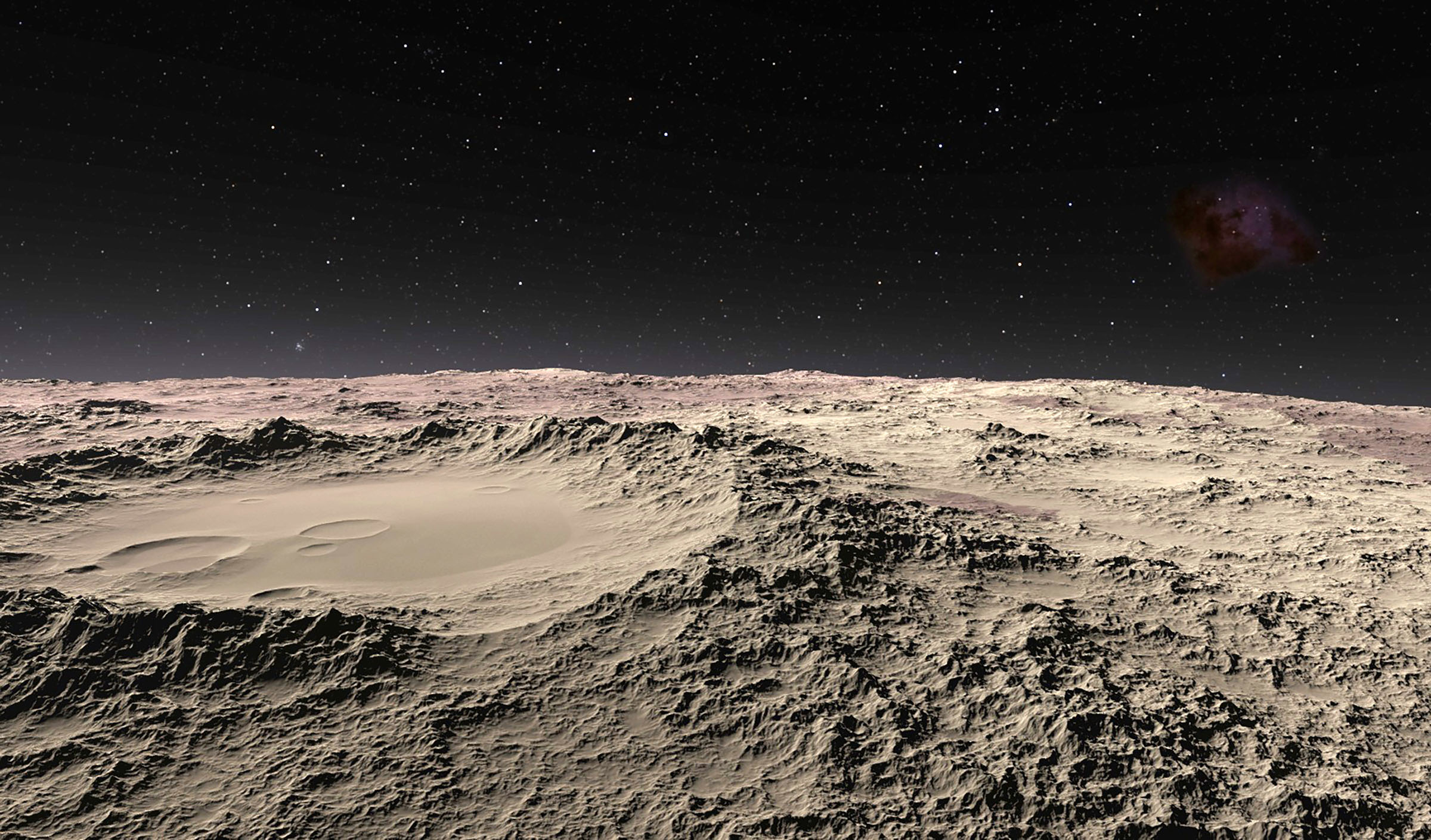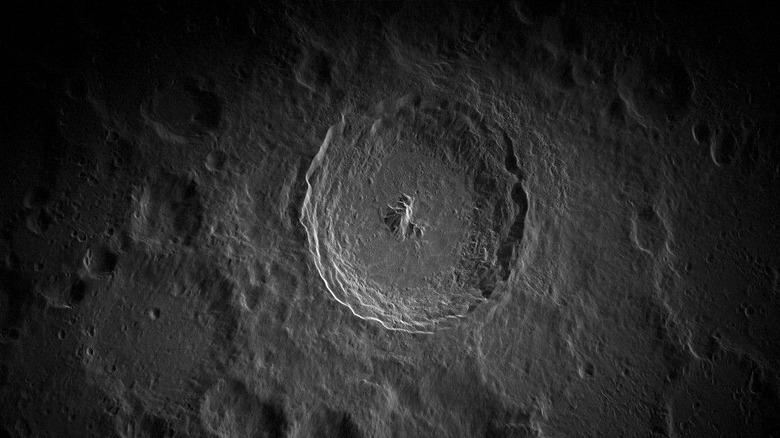There May Be More Water On The Moon's Surface Than We Previously Thought
The lunar surface might look like a barren wasteland of dust and rock, but scientists have just discovered signs of water all over the Moon's surface. This lightning bolt of discovery comes in the form of a new analysis of various mineralogy maps of the Moon, which indicate there could be loads of water and hydroxyl all over the surface of Earth's little satellite.
This discovery has huge implications for future space endeavors for our lunar body, too. See, hydroxyl is a molecule made up of both hydrogen and oxygen, and according to the latest analysis, it can be found in multiple locations all across the lunar latitudes.
This means that astronauts may not be tied to visiting the lunar south pole on future missions to acquire water. Instead, they may be able to find water everywhere on the Moon. That's very surprising and exciting because, for the most part, the lunar surface is devoid of moisture.

There aren't any beautiful lakes, rivers, or even puddles on the Moon. Past studies have shown that water could be hidden deep underground on the Moon or even in larger lunar craters—places never touched by direct light and the heat of the sun.
The truth is that while the surface of the Moon seems rich with water, it's actually more just water-rich materials that have been deposited on the surface by cratering and volcanic activity. The researchers also found that the amount of water signature found in pyroxene—a type of igneous rock found on the Moon—can change depending on the angle at which sunlight hits it.
That is, of course, exceptionally interesting, and raises more questions about the Moon and how much water-rich material is found on the surface and even deeper. Additionally, researchers are trying to understand the lunar swirls and exactly what causes them. Perhaps future expeditions to the Moon—like the upcoming Artemis missions—could provide us with more in-depth insights.
